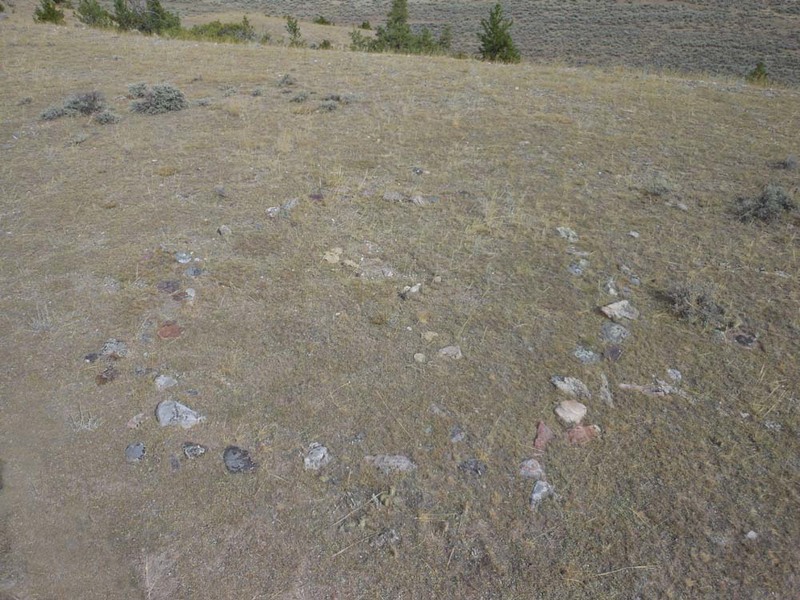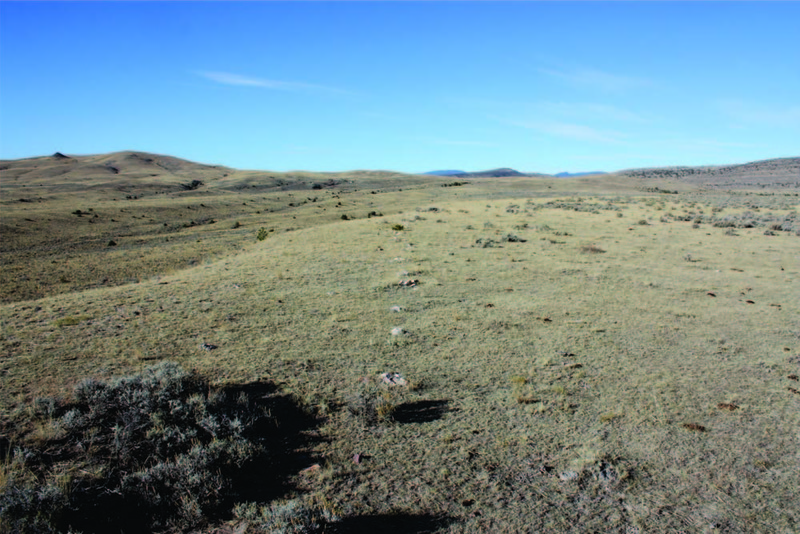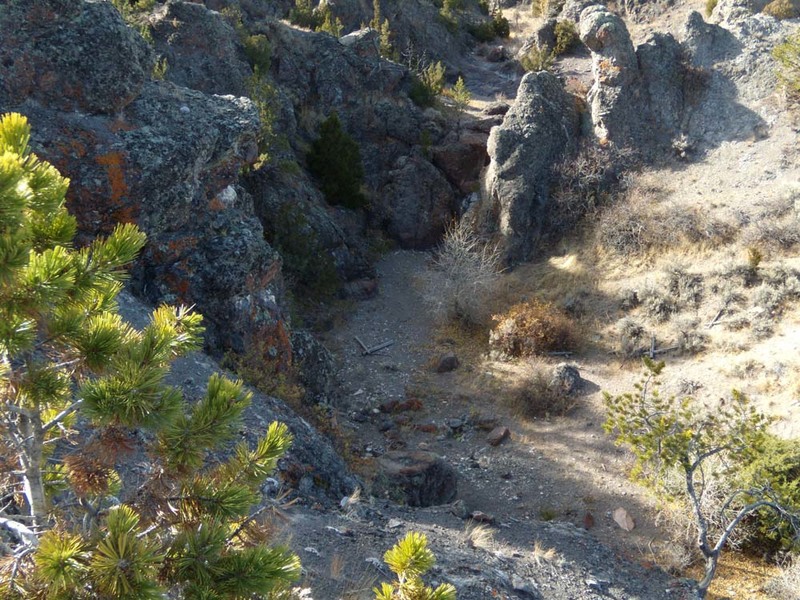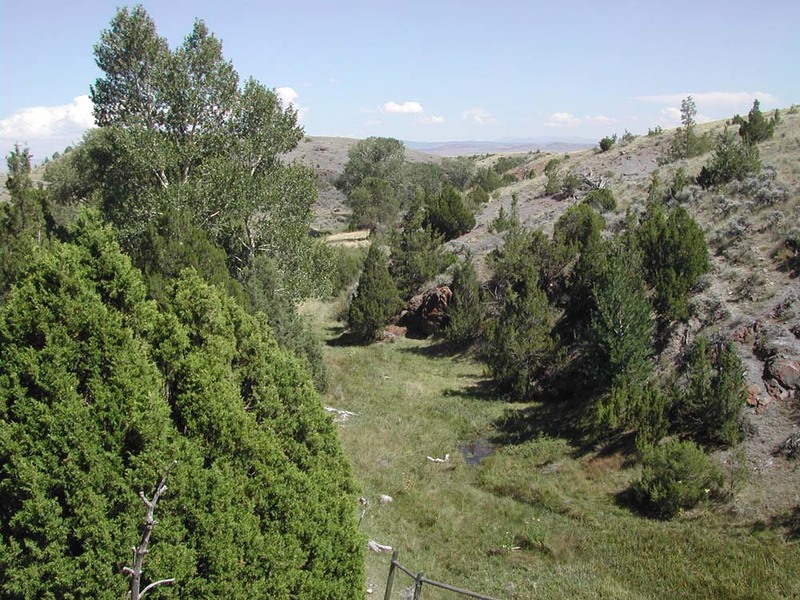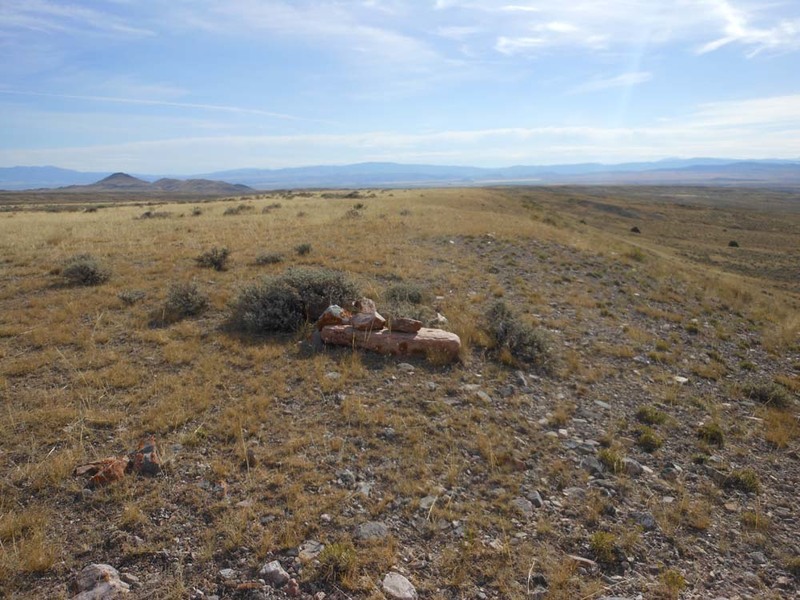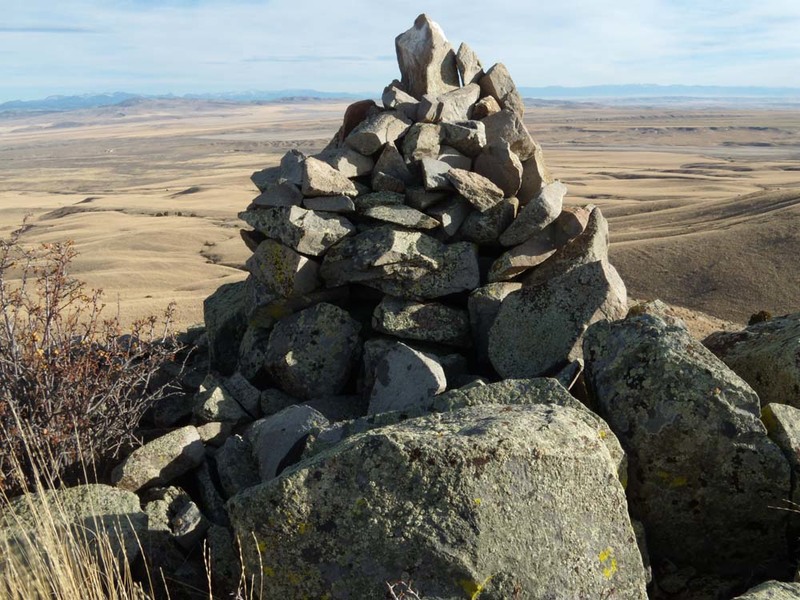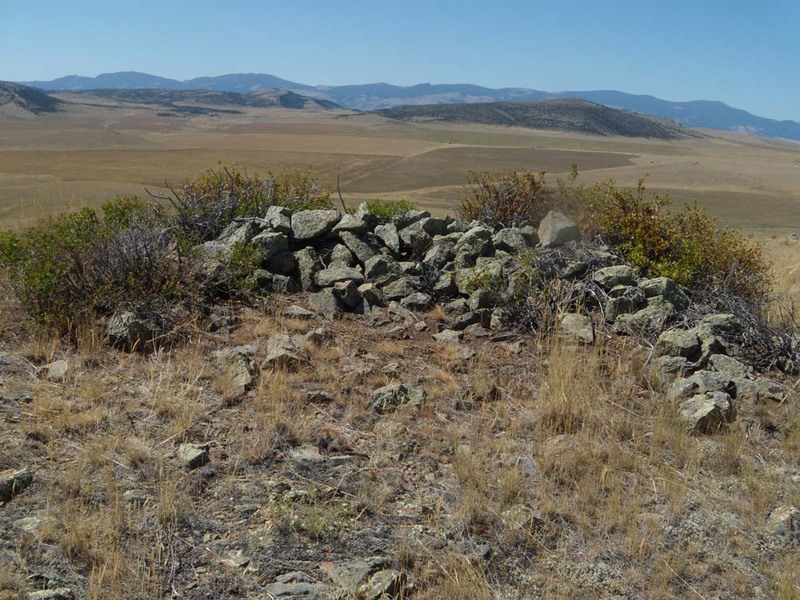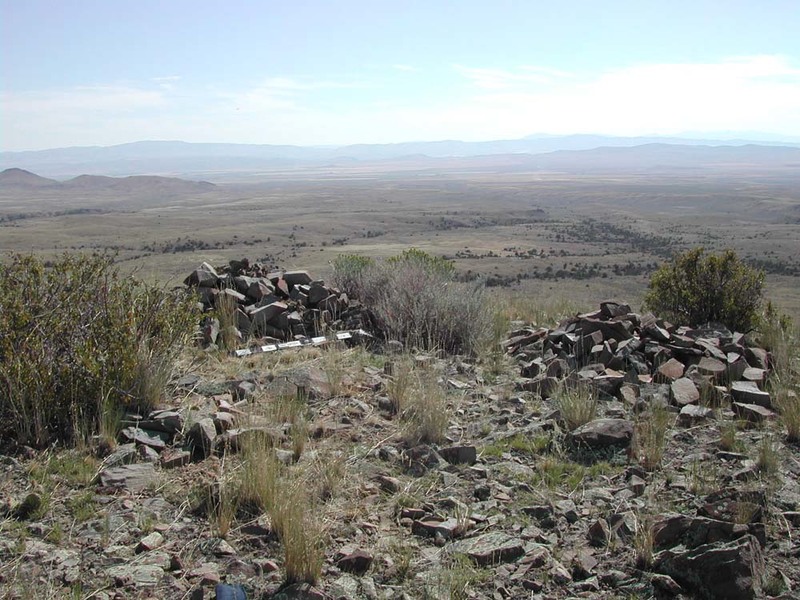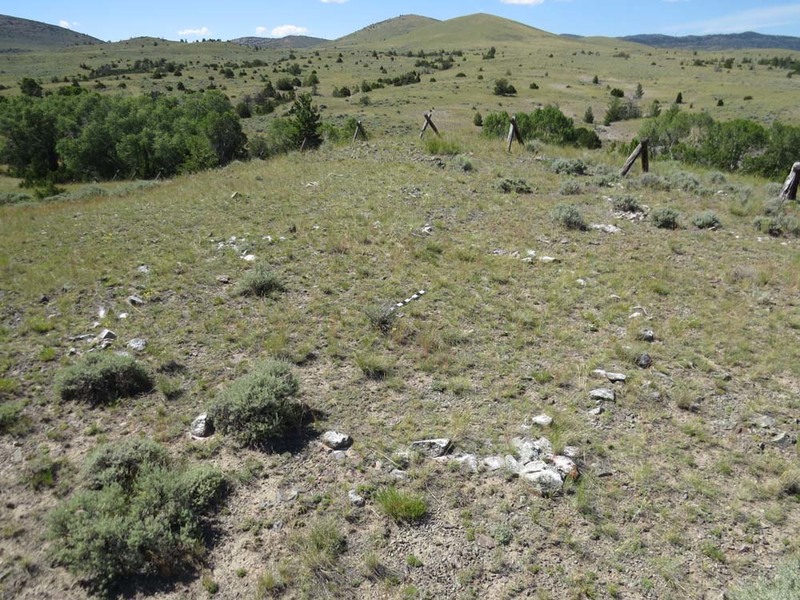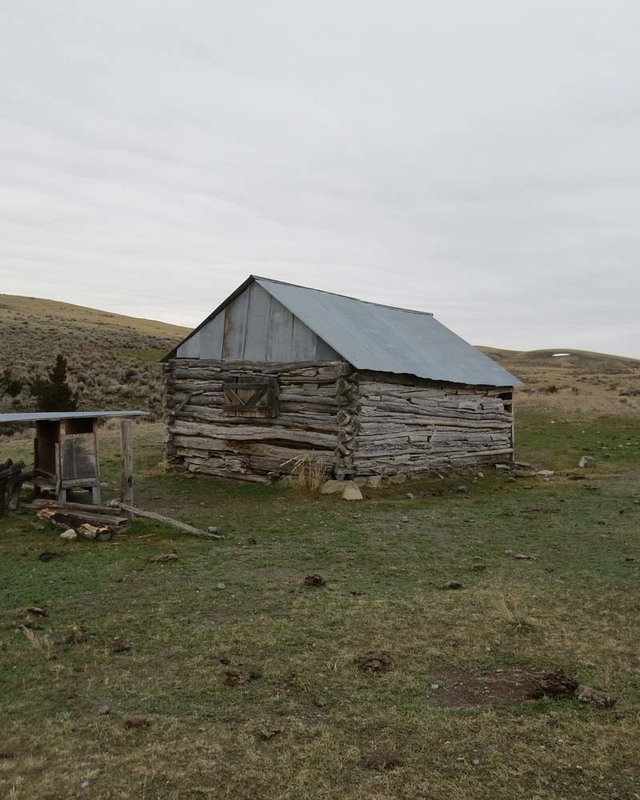Stone Hill Springs Prehistoric District
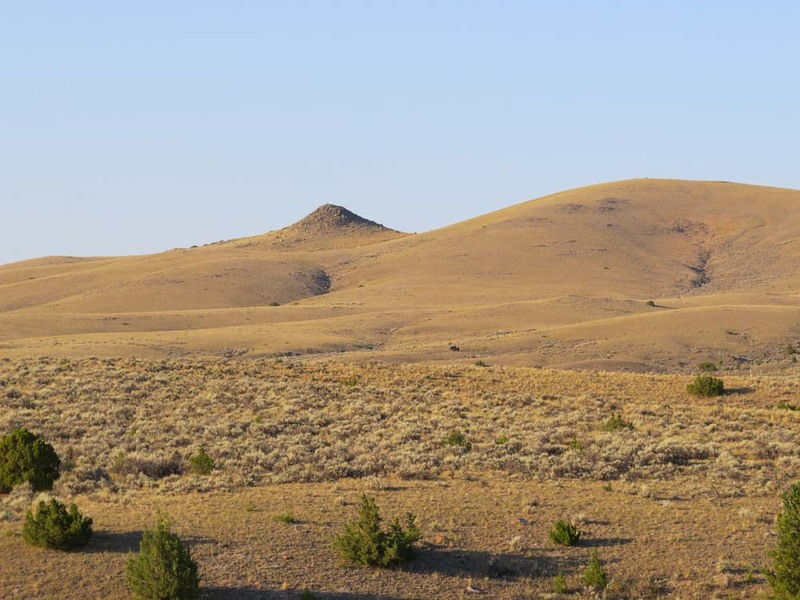
Numerous archaeological sites scattered over 2,000 unspoiled acres form a cohesive unit that together illustrate subsistence activities of Native people before contact with Euro-Americans. For the earliest people and tribes who later utilized the area, this landscape furnished amenities critical to survival. Its fresh-water springs and plentiful grasses attracted humans and wildlife. Its natural landscape also facilitated the hunting and processing of large numbers of bison. Before acquisition of the horse circa 1750, cliff-jumps and impoundments were typical means of procuring bison. The district includes a cliff jump, adjacent steep-sided impoundment area, extensive processing site, and a prominent ridge system providing overviews of the terrain and bison loafing area. Two converging drive lines of more than 300 strategically placed rock piles, or cairns, facilitated funneling bison over the cliff or into the impoundment area. Larger cairns positioned on knolls and a rock-walled blind on the ridge may have aided the hunt. A stone-lined pit likely functioned as an eagle catch and/or vision quest site. More than fifty stone rings, or circles, grouped into three major concentrations, indicate places where tipis were erected. Charcoal from the hearths in the processing area yield environmental clues about life in earlier eras. Maple, chokecherry, and willow—not found in the area today—along with juniper, provided nutrition, medicine, and building materials. The earliest discovered artifacts at Stone Hill date to 1500 B.C., but most span a period of use from A.D. 1167-1800. The district’s pristine foothill terrain and remarkable human-made features afford a rare opportunity to better understand the lifeway of the first Montanans.
Images

